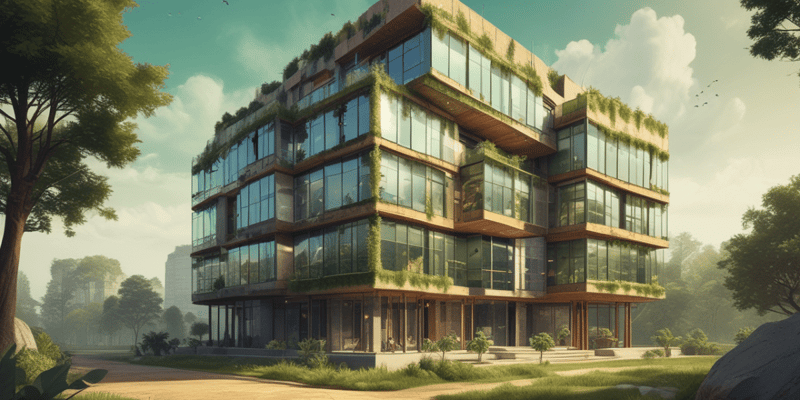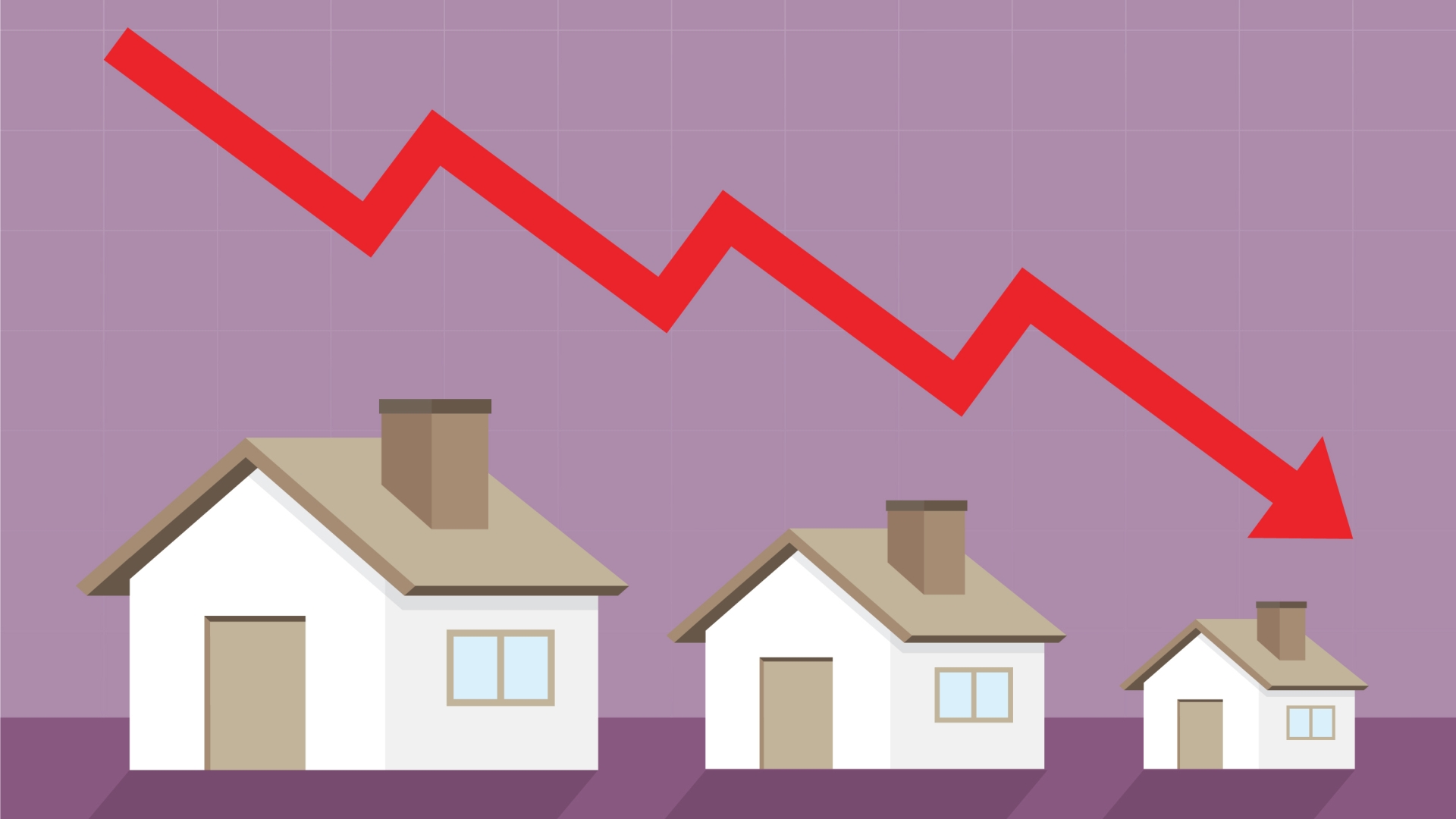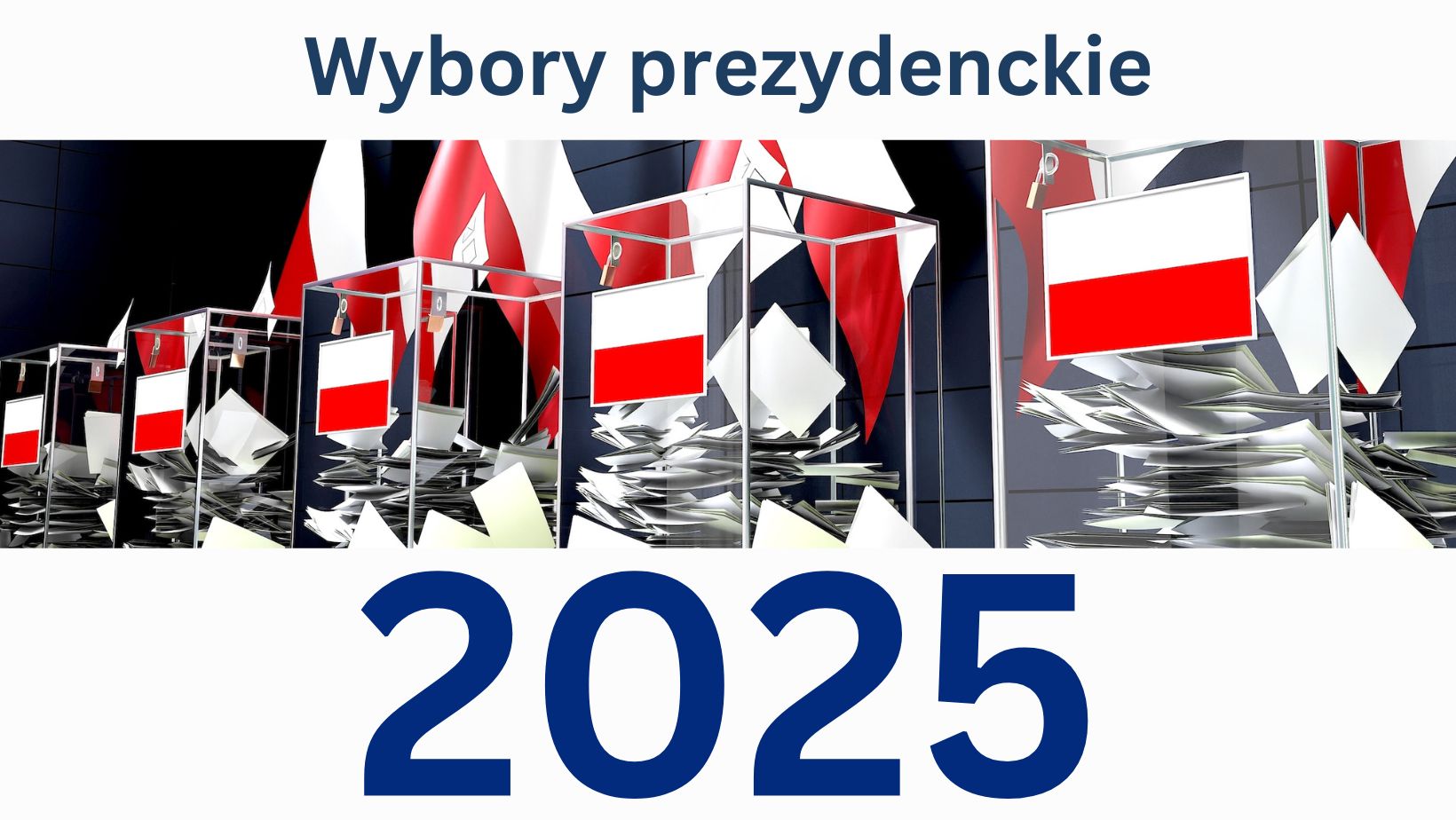Combating Urban Heat In India: Exploring Innovative Construction Materials

Table of Contents
The Urgency of Addressing Urban Heat Island Effect in Indian Cities
The Urban Heat Island (UHI) effect, where urban areas experience significantly higher temperatures than surrounding rural areas, is a serious concern in India. This phenomenon is exacerbated by factors like the lack of green spaces, increased impervious surfaces (concrete and asphalt), and the concentration of heat-generating activities. Major Indian cities like Delhi, Mumbai, Chennai, and Kolkata are particularly vulnerable, experiencing extreme temperature rises during summer months. The consequences are far-reaching:
- Increased energy consumption due to higher cooling demands: Higher temperatures necessitate increased reliance on air conditioning, putting a strain on energy resources and increasing electricity costs. This also contributes to increased carbon emissions.
- Health risks, including heatstroke and respiratory illnesses: Extreme heat poses significant health risks, especially for vulnerable populations. Heatstroke, respiratory problems, and cardiovascular issues are common consequences of prolonged exposure to high temperatures.
- Reduced productivity and economic losses: High temperatures impact worker productivity, leading to reduced output and economic losses across various sectors. Outdoor work becomes particularly challenging, affecting industries like construction and agriculture.
- Impact on vulnerable populations (elderly, children, low-income communities): The elderly, children, and low-income communities are disproportionately affected by urban heat, lacking access to adequate cooling and resources to cope with extreme temperatures.
Exploring Innovative Construction Materials for Heat Mitigation
Addressing the UHI effect requires a multi-pronged approach, with innovative construction materials playing a pivotal role. Several options show great promise for mitigating urban heat in Indian cities:
Cool Roofs
Cool roofs, characterized by their high solar reflectance index (SRI), reflect a significant portion of solar radiation back into the atmosphere, reducing surface temperatures and the amount of heat transferred to the building. Suitable materials for Indian climates include reflective paints, cool roof tiles made from materials like ceramic or concrete with high albedo, and specialized coatings. The benefits are numerous:
- Reduced surface temperatures: Cool roofs significantly lower roof surface temperatures, reducing the amount of heat transferred to the building's interior.
- Lower energy consumption for cooling: By reducing the heat load on the building, cool roofs lessen the need for air conditioning, leading to lower energy bills and reduced carbon footprint.
- Extended roof lifespan: Some cool roof materials offer enhanced durability and resistance to UV degradation, extending the lifespan of the roof.
- Examples of successful cool roof implementations in India: Several pilot projects in Indian cities are demonstrating the effectiveness of cool roofs in reducing building temperatures and energy consumption.
Thermal Mass Materials
Thermal mass materials absorb and store heat during the day and release it slowly at night, moderating indoor temperature fluctuations. Suitable materials for Indian construction include rammed earth, locally sourced stone, and brick with high thermal mass. The benefits include:
- Reduced indoor temperature fluctuations: Thermal mass materials create a more stable and comfortable indoor environment, minimizing the need for extreme heating or cooling.
- Improved energy efficiency: By reducing the temperature swings, thermal mass materials contribute to greater energy efficiency in buildings.
- Enhanced building comfort: Buildings incorporating thermal mass materials generally offer a more comfortable indoor environment.
- Environmental benefits of using locally sourced materials: Using locally sourced materials reduces transportation costs and carbon emissions, supporting sustainable construction practices.
Green Walls and Vertical Gardens
Incorporating vegetation into building design, through green walls and vertical gardens, offers a natural way to combat urban heat. Suitable plants for Indian climates should be selected based on their tolerance to heat and drought. The benefits are multifaceted:
- Improved air quality: Plants absorb carbon dioxide and release oxygen, improving air quality within and around the building.
- Reduced ambient temperatures: The evapotranspiration process from plants cools the surrounding air, reducing ambient temperatures.
- Enhanced aesthetics: Green walls and vertical gardens add aesthetic value to buildings, creating more visually appealing urban environments.
- Potential for rainwater harvesting: Green walls can help in rainwater harvesting, reducing the demand on municipal water supplies.
Phase Change Materials (PCMs)
Phase change materials (PCMs) absorb and release heat as they change state (e.g., from solid to liquid), effectively regulating indoor temperatures. PCMs can be incorporated into various building materials like plaster, paints, or insulation. Their benefits include:
- Improved thermal comfort: PCMs help maintain a more stable and comfortable indoor temperature, minimizing temperature fluctuations.
- Reduced energy consumption: By moderating temperature swings, PCMs contribute to reduced energy consumption for heating and cooling.
- Potential for integration with other sustainable building materials: PCMs can be integrated with other sustainable building materials like cool roofs or thermal mass materials for a synergistic effect.
- Cost considerations and future potential: While the initial cost of PCMs may be higher, the long-term energy savings and improved comfort make them a promising technology for the future.
Government Policies and Initiatives Supporting Sustainable Construction
The Indian government is actively promoting sustainable building practices through various policies and initiatives. These include:
- Incentives for using energy-efficient materials: Several government programs offer financial incentives for using energy-efficient building materials, including those designed for heat mitigation.
- Regulations on building design and construction: Building codes and standards are being updated to incorporate energy efficiency and sustainable design principles.
- Government funding for research and development of sustainable building materials: Significant investment is being made in research and development to advance the development and adoption of innovative sustainable building materials.
- Awareness campaigns promoting sustainable construction practices: Government campaigns raise awareness among builders, architects, and the public about the benefits of sustainable construction.
Conclusion
Combating urban heat in India requires a multifaceted approach, and innovative construction materials play a crucial role. Cool roofs, thermal mass materials, green walls, and PCMs offer significant potential for mitigating the UHI effect and improving the quality of life in Indian cities. The implementation of these materials is further strengthened by supportive government policies and initiatives. Investing in research, development, and adoption of these innovative construction materials is vital for effectively combating urban heat in India. Let's work together to create cooler, more sustainable, and healthier urban environments through the widespread use of innovative construction materials designed to combat urban heat and build a more resilient future.

Featured Posts
-
 Plummeting Home Sales Indicate Housing Market Crisis
May 30, 2025
Plummeting Home Sales Indicate Housing Market Crisis
May 30, 2025 -
 Krizis Kori V Mongolii Nekhvatka Meditsinskoy Pomoschi
May 30, 2025
Krizis Kori V Mongolii Nekhvatka Meditsinskoy Pomoschi
May 30, 2025 -
 Alasan Kawasaki Z900 Dan Z900 Se Lebih Murah Di Indonesia
May 30, 2025
Alasan Kawasaki Z900 Dan Z900 Se Lebih Murah Di Indonesia
May 30, 2025 -
 Wybory Prezydenckie 2025 Innowacyjne Podejscie Mentzena Do Kampanii
May 30, 2025
Wybory Prezydenckie 2025 Innowacyjne Podejscie Mentzena Do Kampanii
May 30, 2025 -
 Programma Tileoptikon Metadoseon Tetartis 23 4
May 30, 2025
Programma Tileoptikon Metadoseon Tetartis 23 4
May 30, 2025
